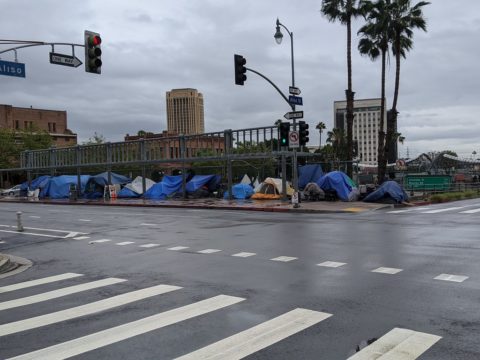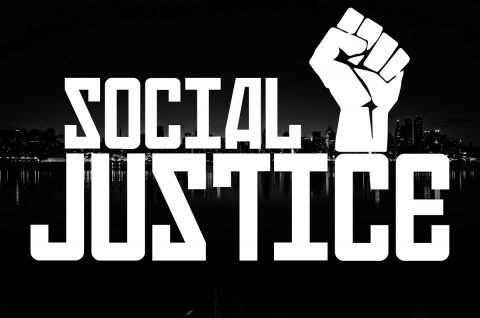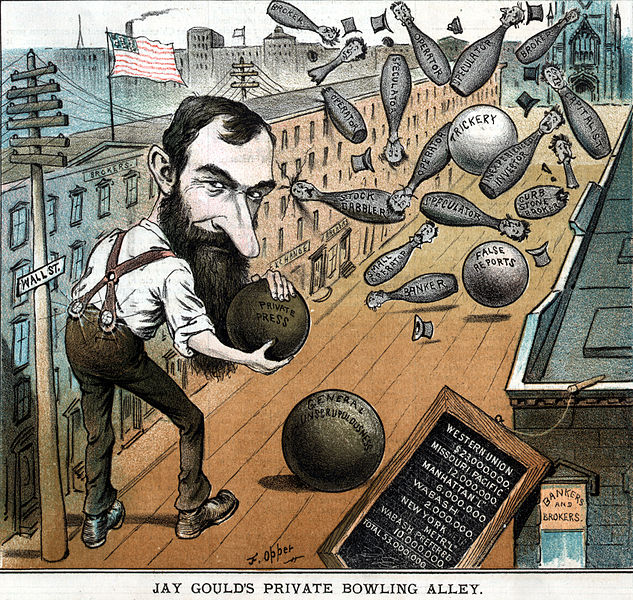In City Journal, John Tierney evaluates the evidence for the claims of psychological damage inflicted on young women through social media (specifically Instagram):
Contrary to what you’ve heard from the press and Congress, the internal documents leaked by former Facebook product manager Frances Haugen do not prove that that the company’s Instagram platform is psychologically scarring teenagers. But the current furor does clearly demonstrate another psychological phenomenon: the Fredric Wertham effect, named for a New York psychiatrist who, like Haugen, starred at a nationally televised Senate hearing about a toxic new media menace to America’s youth.
Wertham testified in 1954 about his book, Seduction of the Innocent, which he described as the result of “painstaking, laborious clinical study.” After reciting his scientific credentials, Wertham declared: “It is my opinion, without any reasonable doubt and without any reservation, that comic books are an important contributing factor in many cases of juvenile delinquency.”
The hearing made the front page of the New York Times, one of many publications (including The New Yorker) to give Wertham’s book a glowing review. Others featured his warnings under headlines like “Depravity for Children” and “Horror in the Nursery”. During the great comic book scare, as the historian David Hajdu calls it, churches and the American Legion organized events across the country where schoolchildren tossed comics into bonfires. Wertham’s recommendation “to legislate these books off the newsstands and out of the candy stores” inspired dozens of state and municipal laws banning or regulating comic books, and many people in the industry lost their jobs.
There was never any good evidence that comic books hurt children. Wertham’s work was a jumble of anecdotes about troubled youths and unsupported conjectures about comic books inspiring violent crimes. He fretted, as today’s Instagram critics do, that the unrealistic images of curvaceous bodies were psychologically damaging girls and claimed that superheroes were promoting everything from homosexuality (Batman and Robin, Wonder Woman) to fascism (Superman). Contemporaries like the sociologist Frederic Thrasher lambasted Wertham’s work as “prejudiced and worthless”, and it was later exposed as fraudulent.
As we’ve learned repeatedly, scientific rigor doesn’t matter to journalists and politicians eager to blame children’s problems on any new trend in media or entertainment, whether it’s television, rock and roll, Dungeons and Dragons, heavy metal music, cell phones, rap lyrics, or video games. That’s the Fredric Wertham effect, which produces evidence-free moral panics and demands for government crackdowns.
The villain du jour is Facebook, which is being compared with Big Tobacco because its own confidential research supposedly proves how dangerous its product is. The research was revealed in a Wall Street Journal article, “Facebook Knows Instagram Is Toxic for Many Teen Girls, Company Documents Show,” which cited a survey finding that 32 percent of teenage girls who were experiencing body-image issues said that Instagram made them feel worse about their problem. But most of the girls surveyed said that Instagram either had no effect (46 percent) or made them feel better (22 percent). And the issue of body image was the subject of just one of the survey’s 12 questions. On the other 11 (covering problems like loneliness, anxiety, sadness, and social comparison), the girls who said Instagram made them feel better outnumbered those who said it made them feel worse. The teenage boys in the survey skewed heavily positive on all the questions.

















